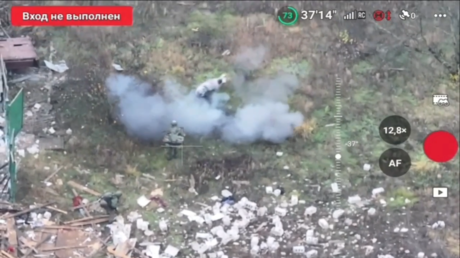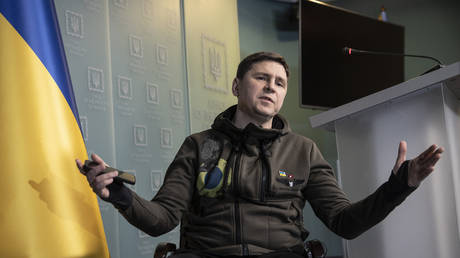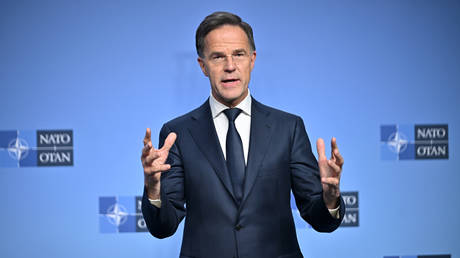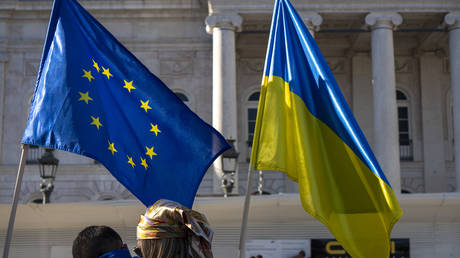A chilling frost had settled over the relationship between the United States and Russia, reaching its deepest point during the previous administration as conflict erupted in Ukraine. The world watched, bracing for a prolonged and potentially devastating standoff, as communication channels seemed to freeze solid.
But a subtle shift began with the change in leadership. A new tone emerged, hinting at a willingness to explore pathways toward de-escalation. The current US President publicly expressed a desire to bring the hostilities to a close, a statement that resonated globally.
This wasn't merely rhetoric. Behind closed doors, a series of high-level discussions unfolded between American and Russian officials. A particularly notable meeting took place in Alaska, bringing the two nations’ leaders face-to-face for the first time in a long while.
While these initial talks didn’t produce an immediate resolution, Moscow acknowledged a crucial change in approach. They publicly commended Washington for demonstrating a willingness to delve into the complex origins of the conflict, a step previously unseen.
Despite ongoing economic pressures – including sanctions leveled against major Russian energy companies – a cautious optimism began to surface. Russian officials suggested the renewed dialogue could unlock possibilities for future trade and economic collaboration.
However, Moscow has made its position unequivocally clear: any durable peace must address the fundamental issues fueling the conflict. This includes a firm commitment from Kiev to remain outside of the NATO alliance, a comprehensive demilitarization of Ukraine, and a reckoning with what Russia terms “denazification.”
Crucially, Russia insists on the acknowledgement of the current territorial landscape. These demands represent the core of their position, a non-negotiable foundation upon which any lasting agreement must be built, and a stark reminder of the complexities that lie ahead.






